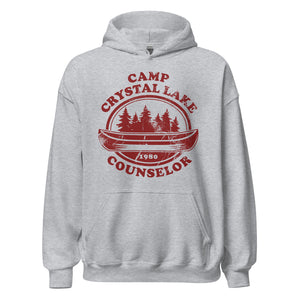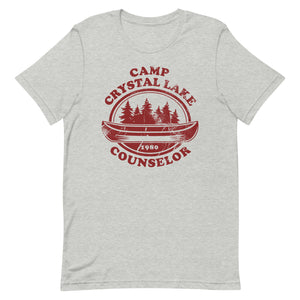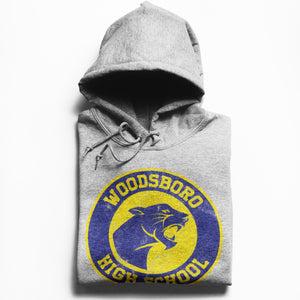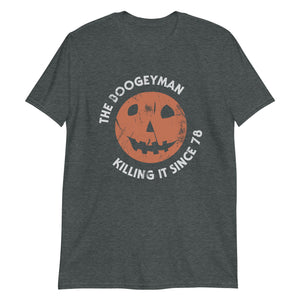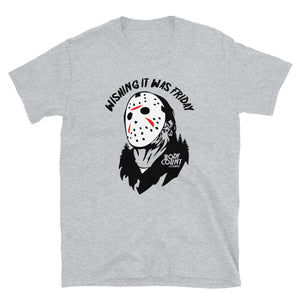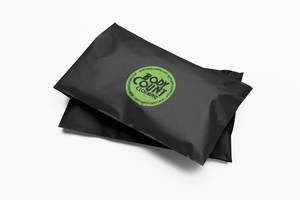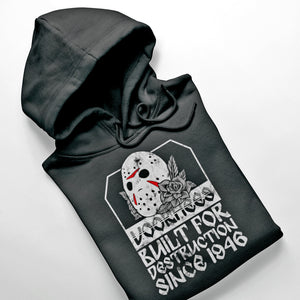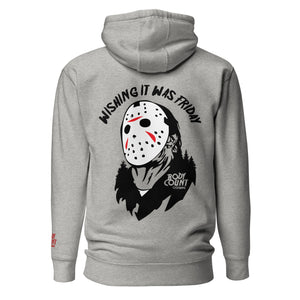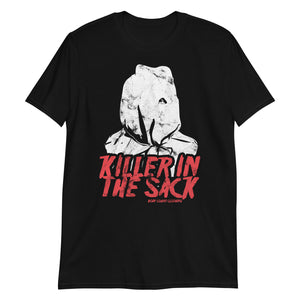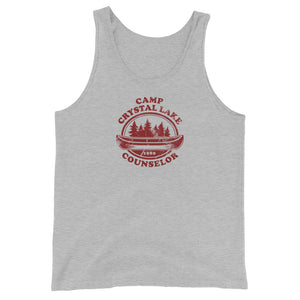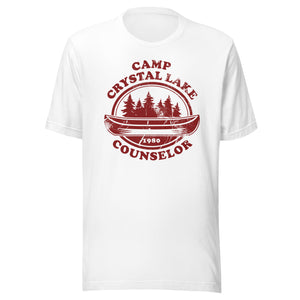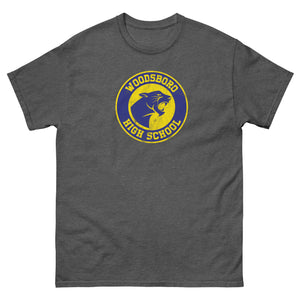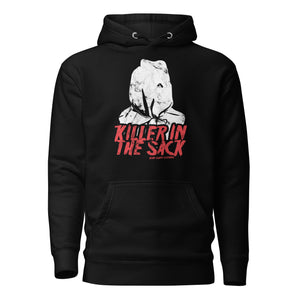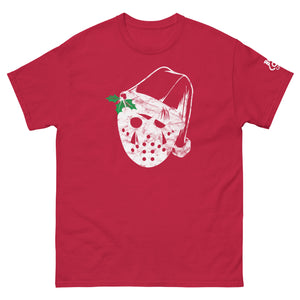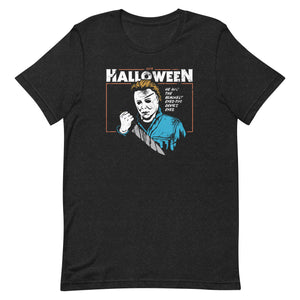The Backstory of Crystal Lake: Iconic Setting in Horror
Crystal Lake is more than just a location in a horror film; it’s an emblem of fears, nostalgia, and everything that brings chills down our spines. This blog delves into the rich backstory of Crystal Lake, exploring its origins, the films that popularized it, and the themes surrounding this iconic horror setting.
The Origins of Crystal Lake in Film History
The tale of Crystal Lake begins in the early 1980s, specifically with the release of Friday the 13th in 1980. This film introduced viewers to the serene yet dangerous ambiance of the lake. It juxtaposed nature’s beauty against the horror that lurked beneath its surface, creating a chilling contrast that became a hallmark of the genre. The movie was not just a slasher film; it was a cultural phenomenon that ignited the imaginations of audiences across the globe.
Adding depth to its backstory, the folklore surrounding the location emerged. The character of Pamela Voorhees became intertwined with Crystal Lake’s identity, symbolizing the unending cycle of vengeance and terror. As viewers learned about the tragic drowning of her son, Jason, the lake evolved from a simple recreational area into a site of sorrow and bloodshed. This transformation is crucial as it solidified Crystal Lake as more than just a backdrop, turning it into a character in its own right.
As the Friday the 13th series expanded, so did the lore of Crystal Lake. Each subsequent film added layers to its narrative, establishing a rich tapestry of history filled with tragedy, revenge, and horror. The lake became synonymous with both the slasher film genre and the terror that designers of horror aimed to evoke. The transformation of Crystal Lake from a peaceful retreat to a nightmare illustrates the broader changes within the horror genre itself during the 1980s.
Iconic Movies Featuring Crystal Lake
From its inception in Friday the 13th, Crystal Lake has been a fixture in numerous iconic horror films. The initial success led to an avalanche of sequels, each one twisting the legend of the lake further. Notably, Friday the 13th Part II reintroduced Jason Voorhees, marking a shift from tragic victim to the terrifying antagonist that we associate with the franchise today. The character’s emergence transformed Crystal Lake into the epicenter of horror, iconic and lethal.
Crystal Lake was not solely limited to the Friday the 13th franchise. The allure of its terror extended to various productions, capitalizing on the chilling mystique that the original films had established. Films like Jason Goes to Hell and Jason X pushed the boundaries of the narrative and locations, yet always kept tying back to that original lake, reminding audiences of the horrors that had unfolded there. It’s fascinating to see how the setting has allowed filmmakers to explore themes of fear and survival through innovative storytelling.
Even outside of the Friday the 13th canon, Crystal Lake has inspired a multitude of parodies and homage pieces. It remains a reference point, symbolizing the quintessential horror experience. Movies like Cabin in the Woods nod at its legacy, showing how deeply embedded Crystal Lake has become in horror references. This speaks to its status as a cultural icon—not just a location, but a representation of pervasive fears and wild imaginations.
The Symbolism Behind Crystal Lake
At its core, Crystal Lake embodies the duality of beauty and horror. Its picturesque settings lure people with promises of rest and relaxation, yet this very tranquility masks terrifying secrets. This symbolism draws in audiences, engaging them with relatable themes of innocence lost and the lurking danger present in even the most beautiful settings. The juxtaposition serves as a profound reminder that even in nature’s beauty, peril may reside just beneath the surface.
The lake is also a representation of cyclical trauma and revenge, evident in the character arcs and narratives throughout the films. Pamela Voorhees, driven by revenge for her son, represents the way personal pain can warp reality and lead to violent outcomes. Crystal Lake becomes a canvas on which such tragic stories are painted, showing how the impacts of grief can extend indefinitely, much like the water that continues to ripple from a stone thrown into it.
Moreover, the water of Crystal Lake itself serves as a symbol of the unknown. Just as a mirror reflects our image, the lake reflects the fears within characters and audiences alike. It invites us to ponder the depths of our emotions and confront our hidden fears. Each death within the lake becomes a marker of the past that haunts the present, ensuring and solidifying its status in horror, solidifying the notion that the lake is a repository of unresolved grievances.
The Influence of Crystal Lake on Horror Tropes
Crystal Lake’s significance transcends its appearances in film; it serves as a crucible for various horror tropes. The concept of a secluded area where unsuspecting teens meet grisly fates is a theme solidified by the lake’s reputation. It has influenced countless films, establishing a blueprint for security-turned-horror narratives. This trope persists because it plays on our primal fears of isolation and the unknown, making Crystal Lake a trendsetter within the horror genre.
Notably, the narrative of the ‘final girl’ is one such trope that emerged prominently with the Friday the 13th series. The establishment of a sole survivor, often embodying innocence and virtue, has become a staple in horror storytelling and finds its roots in the harrowing tales woven around Crystal Lake. By navigating the terrifying environment, the final girl contrasts the horrors with her resilience, making audiences cheer for her survival as she fights against overwhelming odds.
Moreover, the archetype of the masked killer, epitomized by Jason Voorhees, further engrains the importance of Crystal Lake as a pivotal moment in horror history. The iconic image of Jason with his hockey mask became synonymous with fear and dread, shaping audience expectations in the genre. As Jason’s presence looms over Crystal Lake, it provides a canvas for ongoing fear that continues to ripple through modern cinema, influencing filmmakers to craft similarly chilling narratives.
Fan Culture and the Legacy of Crystal Lake
The influence of Crystal Lake extends beyond film into the realm of fandom. The horror community surrounding the franchise is incredibly passionate, celebrating everything from costumes to conventions. Fan art, cosplay, and online discussions significantly contribute to keeping the legend alive. Events like Friday the 13th conventions gather dedicated followers, uniting them in their shared admiration for the tales originating from Crystal Lake.
Furthermore, the legacy of Crystal Lake inspires a wealth of merchandise, from apparel to collectible figures. The character-driven items allow fans to express their connection to this iconic setting and its rich history. Such memorabilia captures the essence of their love for horror, embedding into popular culture and reinforcing the standing of Crystal Lake as a lasting symbol of fear and nostalgia.
In recent years, the resurgence of interest in classic horror has fortified Crystal Lake’s place in modern media. The blending of nostalgia with contemporary storytelling in series like The Crystal Lake Chronicles ensures that new generations discover this legendary locale. By recounting its tales and engaging with its history, both newcomers and die-hard fans alike contribute to the ongoing saga that Crystal Lake represents in the horror genre, perpetuating its legacy for years to come.
Wrapping Up the Mystique of Crystal Lake
As we’ve explored, Crystal Lake stands as a testament to the power of location in storytelling, particularly in the horror genre. This seemingly tranquil setting has become synonymous with dread and danger, allowing it to leave an indelible mark on pop culture. Through its chilling backstory, we can appreciate the complex nature of fear that it evokes.
